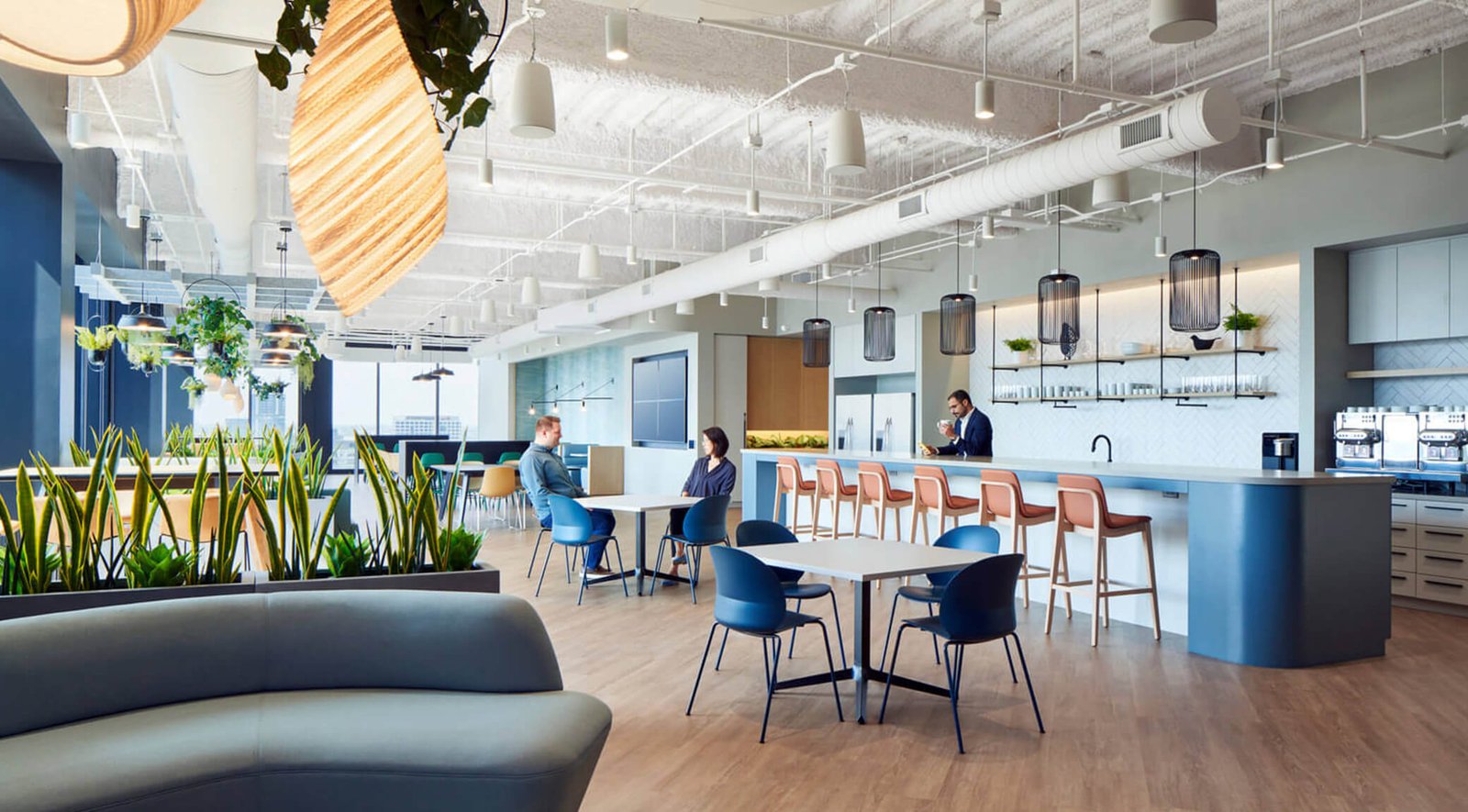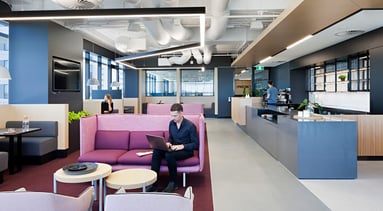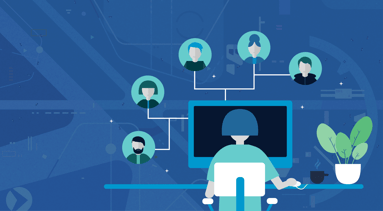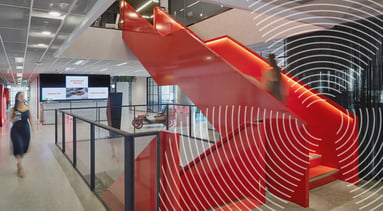Creating workplace experiences to bring workforces back to the office

From the Great Resignation to quiet quitting, workforces are confirming old workplace design and norms aren’t cutting it. How can organizations mix data with creativity to carve out their future workplace strategy?
Using the scientific method to determine what your people want in their office
It's not just for experiments; leaders can use the scientific method to investigate what's working in the office.
First, make an observation: Employees are working in new ways and need different things from their office than they used to. Consider these questions before you make a hypothesis:
- Is your hybrid policy working?
- Are people able to easily find their teammates?
- Is it as easy to connect with teammates in person as it is remotely?
Then, develop a hypothesis and predication: Leverage your office design to create a mix of spaces and experiences that empower all your people. Think about:
- How people interact and connect - more easily in person or remotely?
- What kind of work are they doing in the office?
- When are people coming in (times of day and days of the week)?
Dreaming new ways to earn the commute
While restaurants, city sidewalks, and retail stores are back to having pre-Covid traffic, people are still reluctant to go back into the office. Why? For many the workplace no longer feels worthy of the time it takes to get there.
There are creative ways to earn the commute and create a destination workplace:
- Visualize new layouts - the more types of space, the better, so people with different personality types and neurological functions can find places they want to be
- Gamify coming into the office - get workplace design in on the action through prizes and rewards to booking meetings in the workplace
Shaping the future workplace with reason and imagination
Planning for the future isn't easy, especially when you need to consider what works for your people today. Use data and imagination to learn what will work best for all your people now and down the line.


